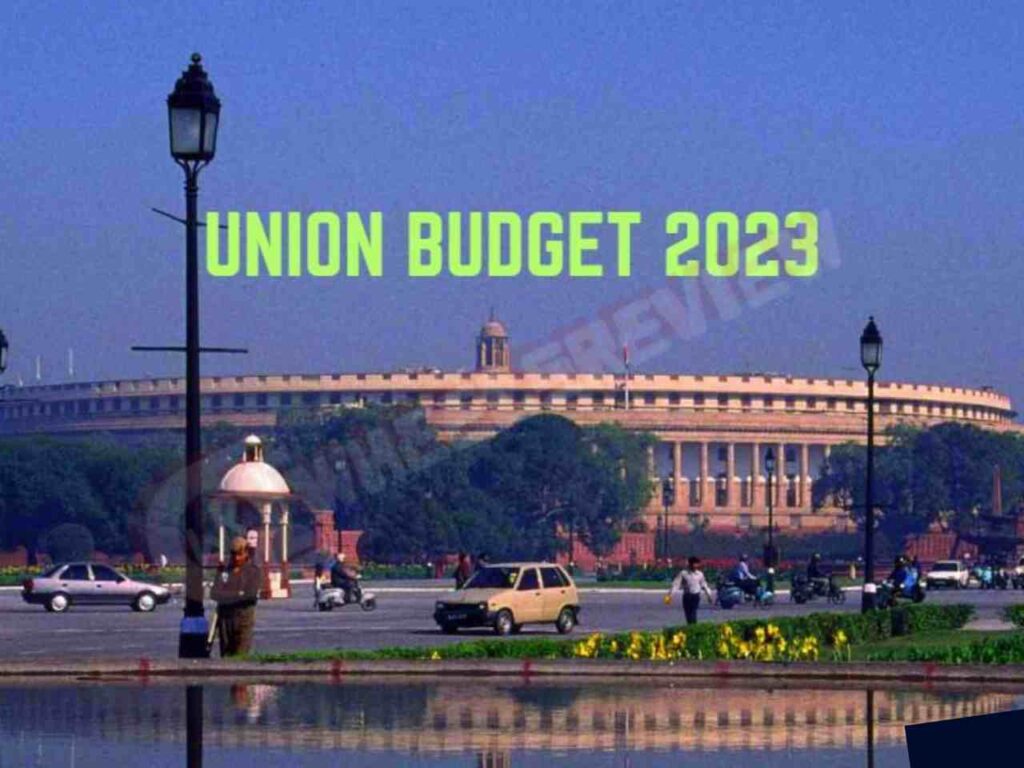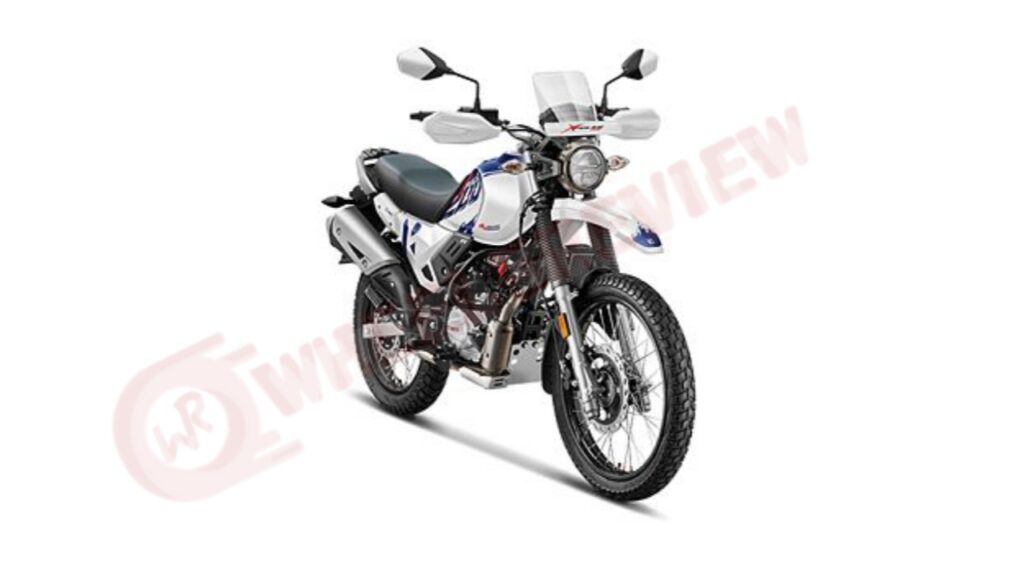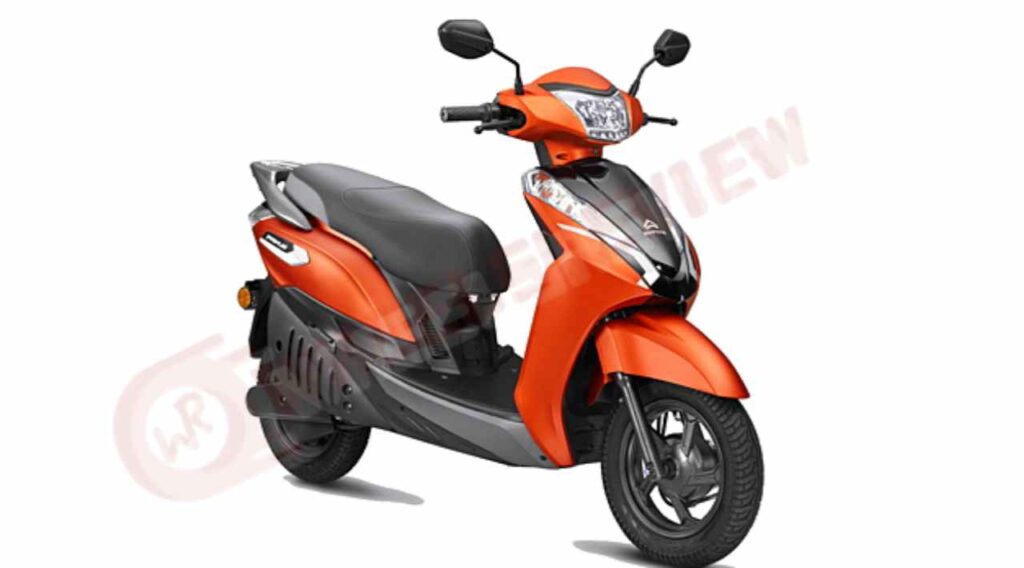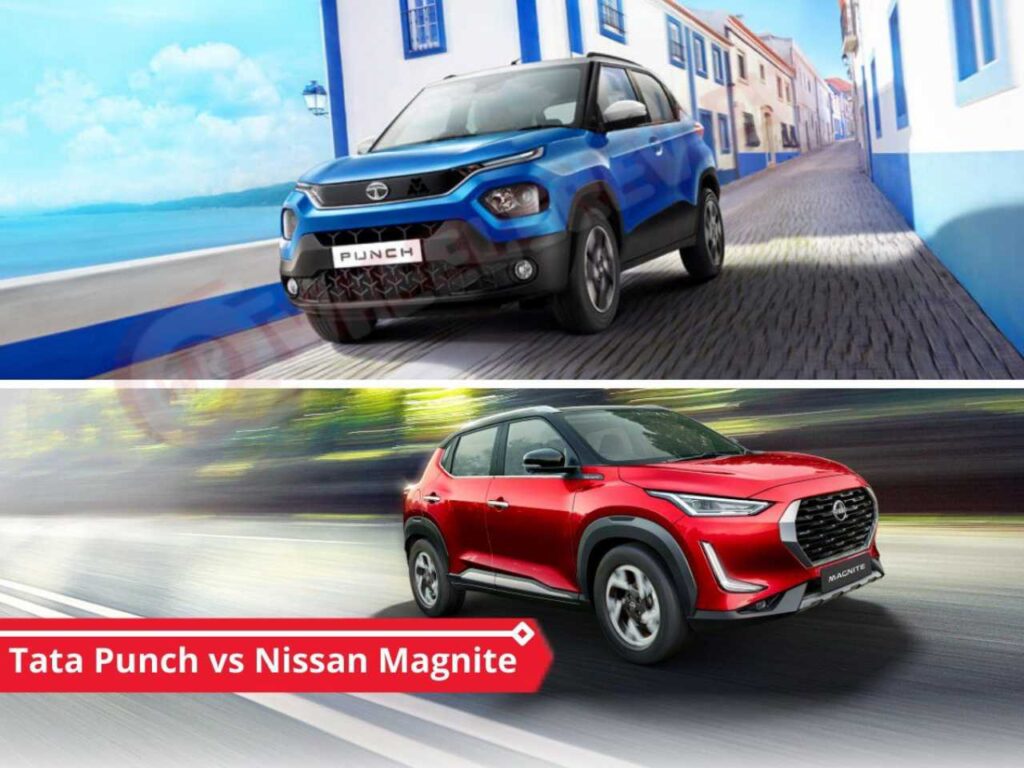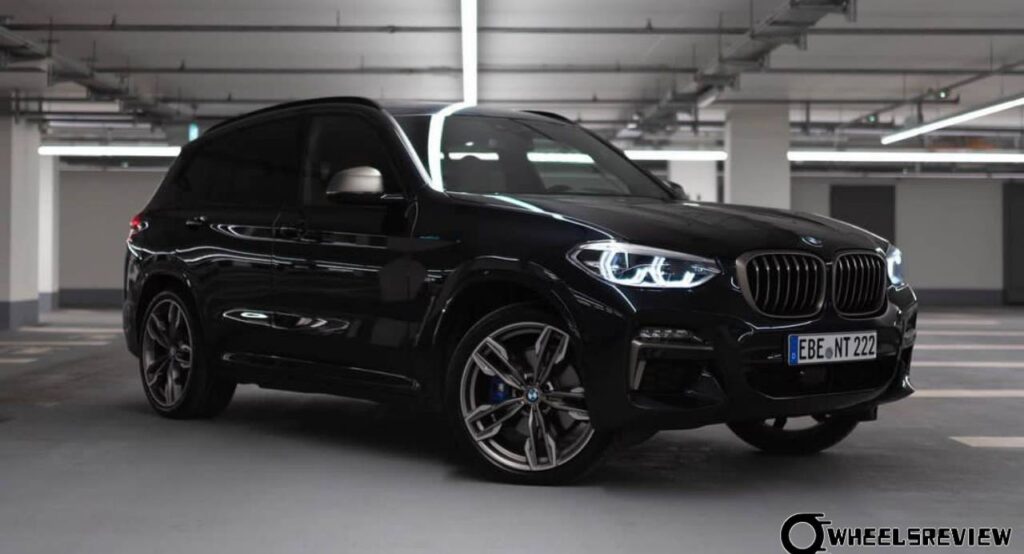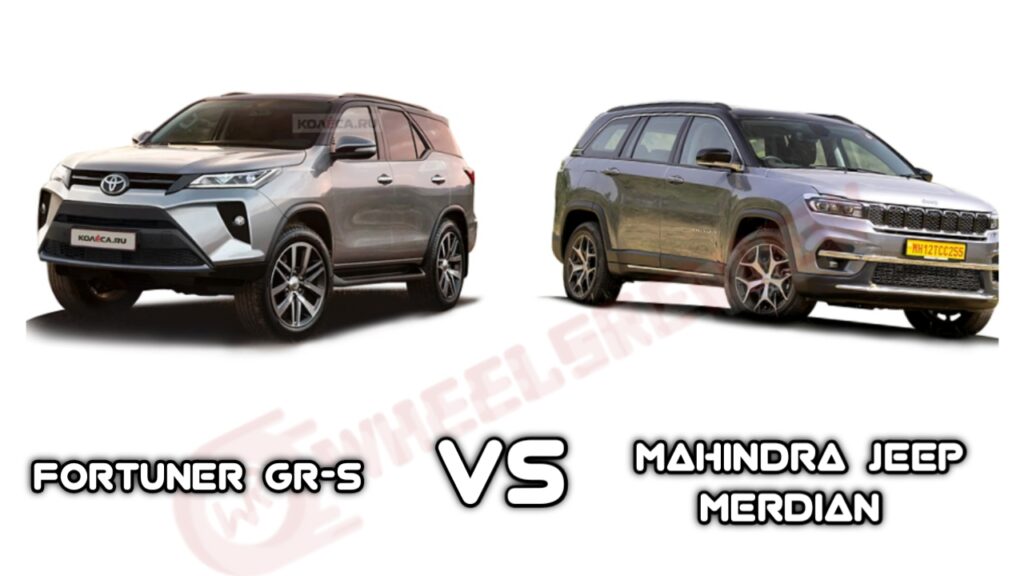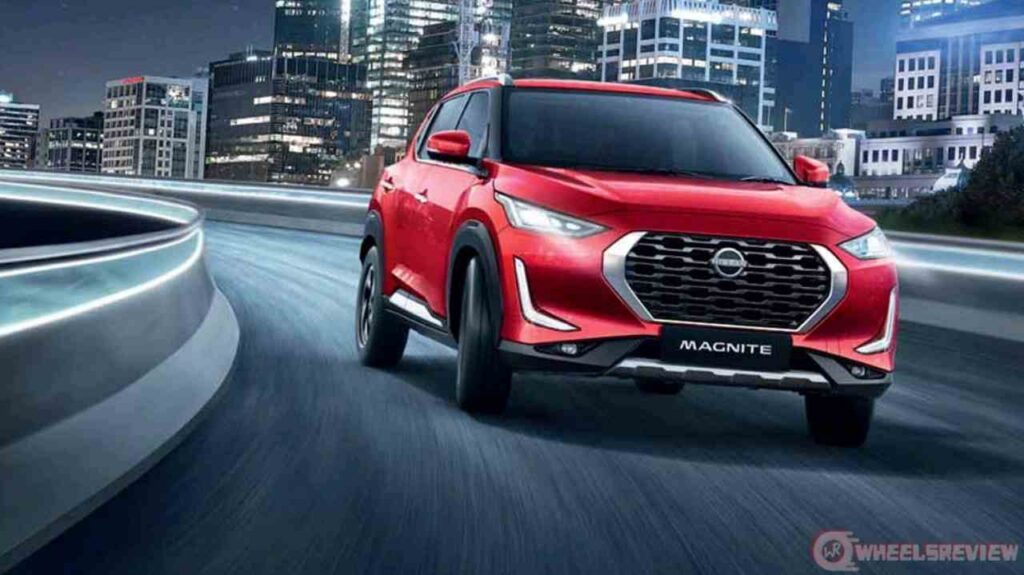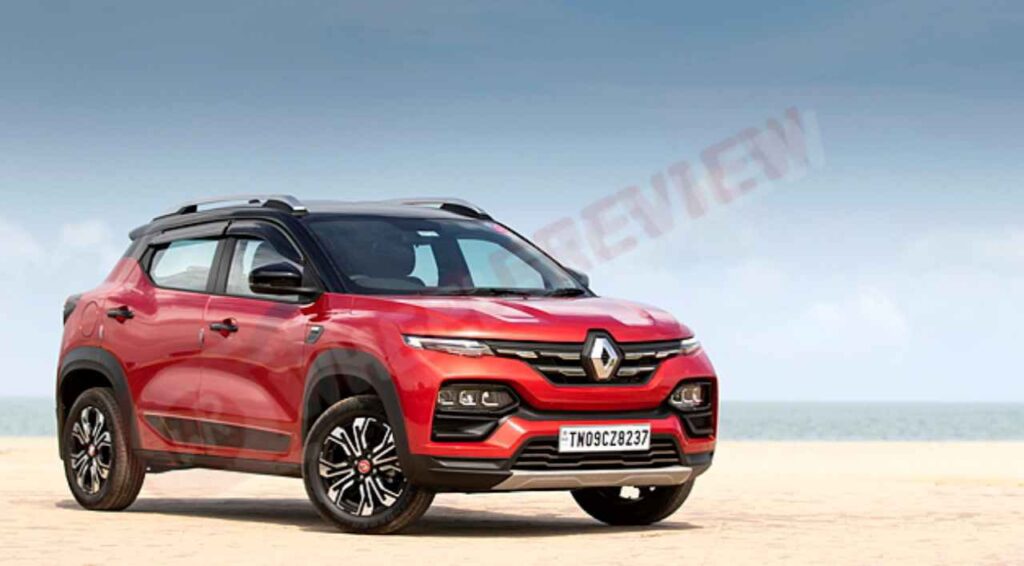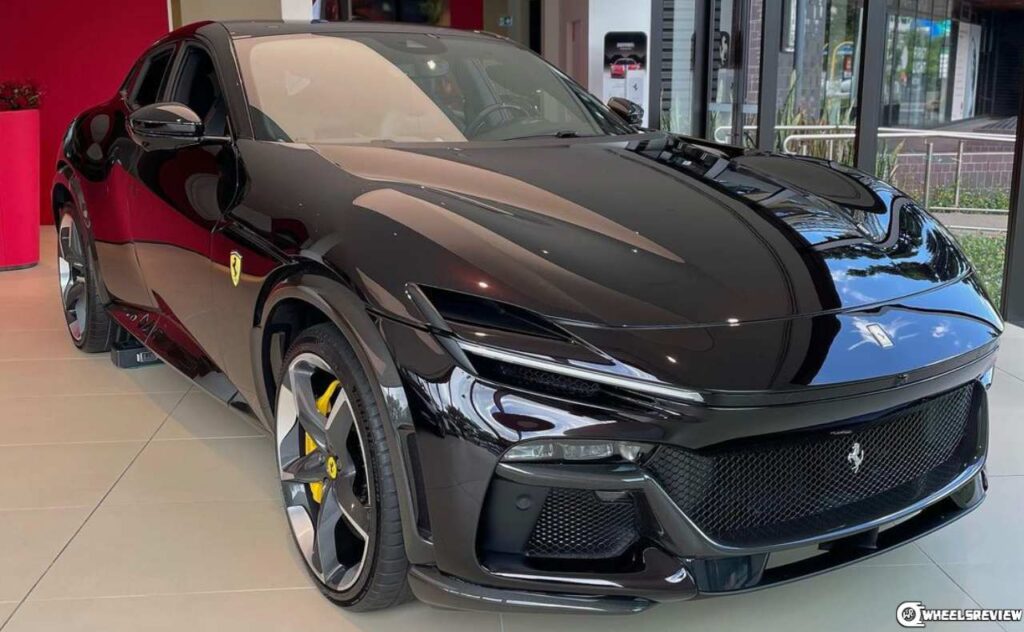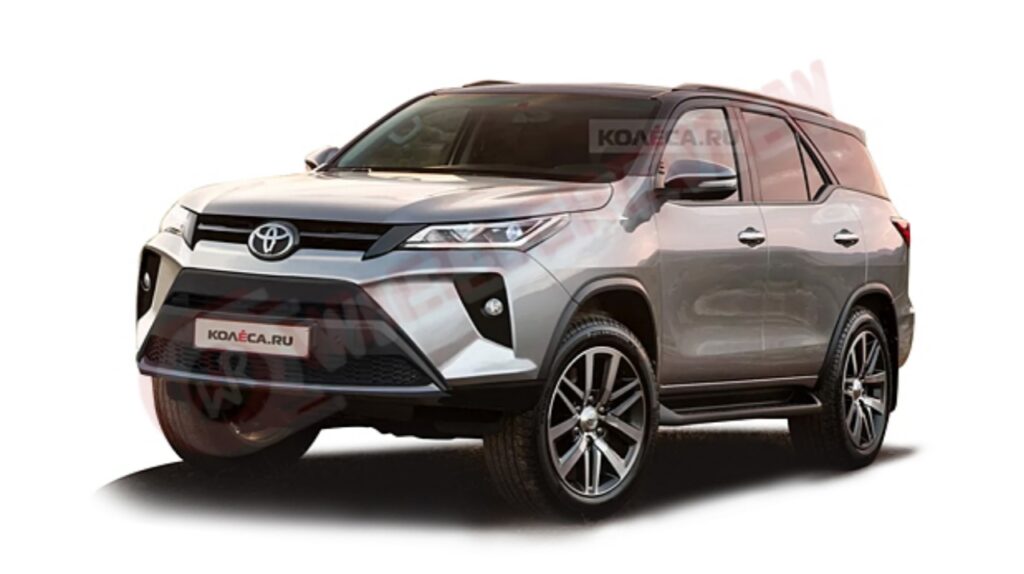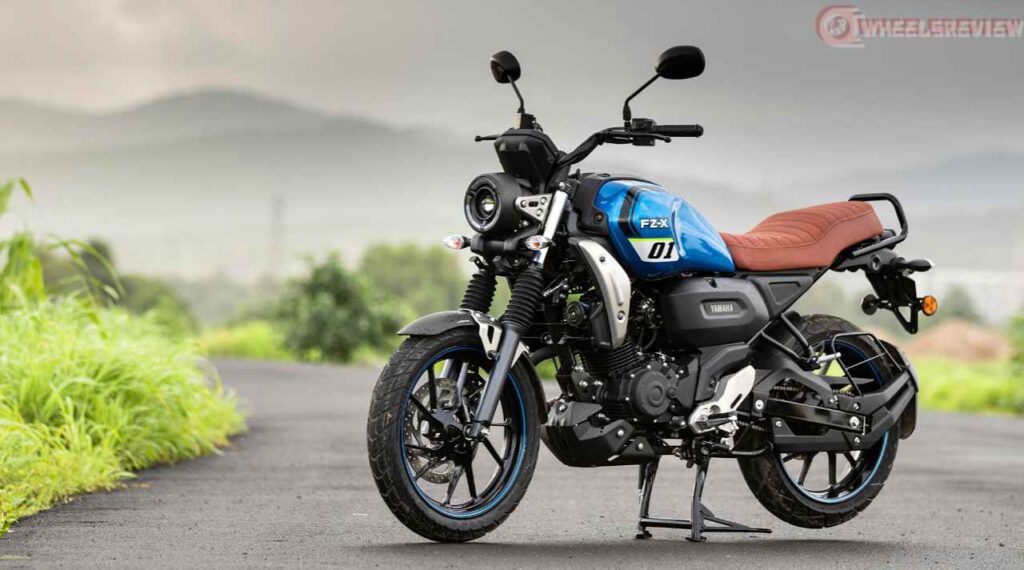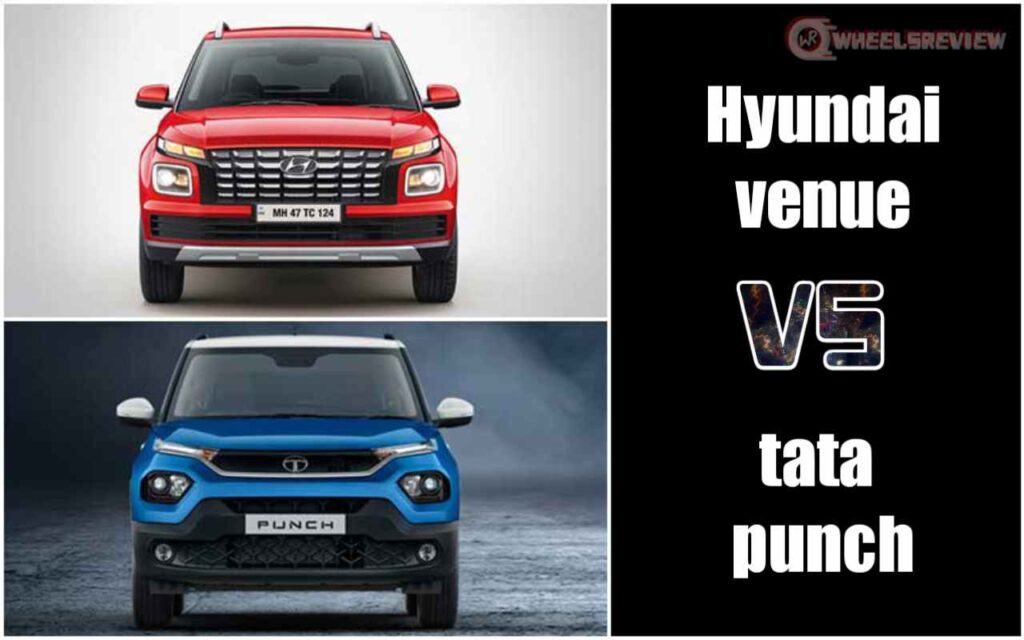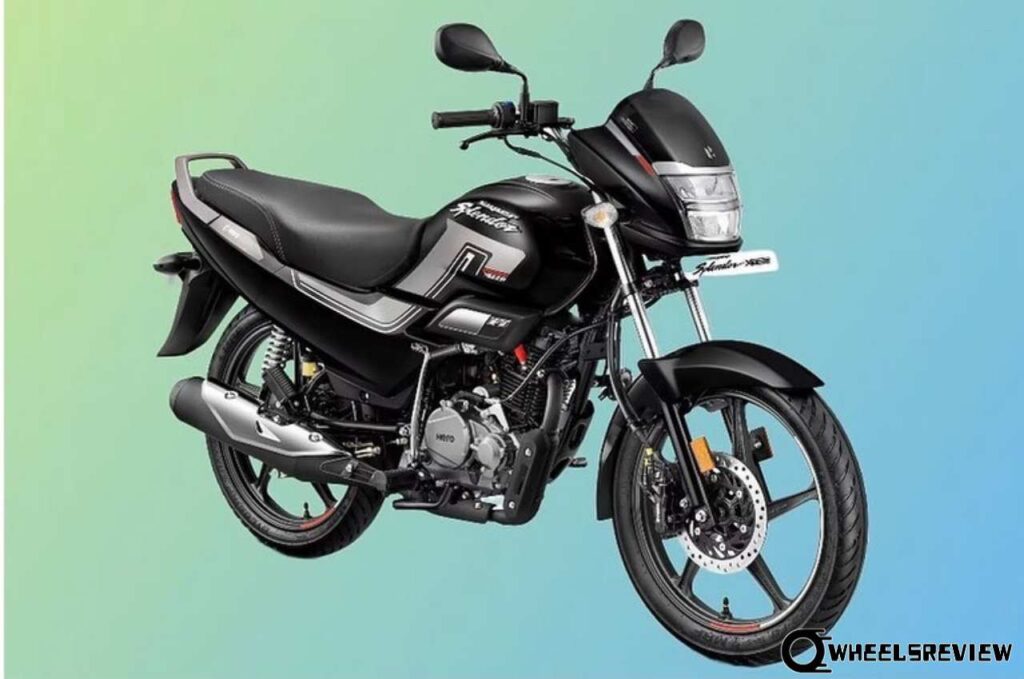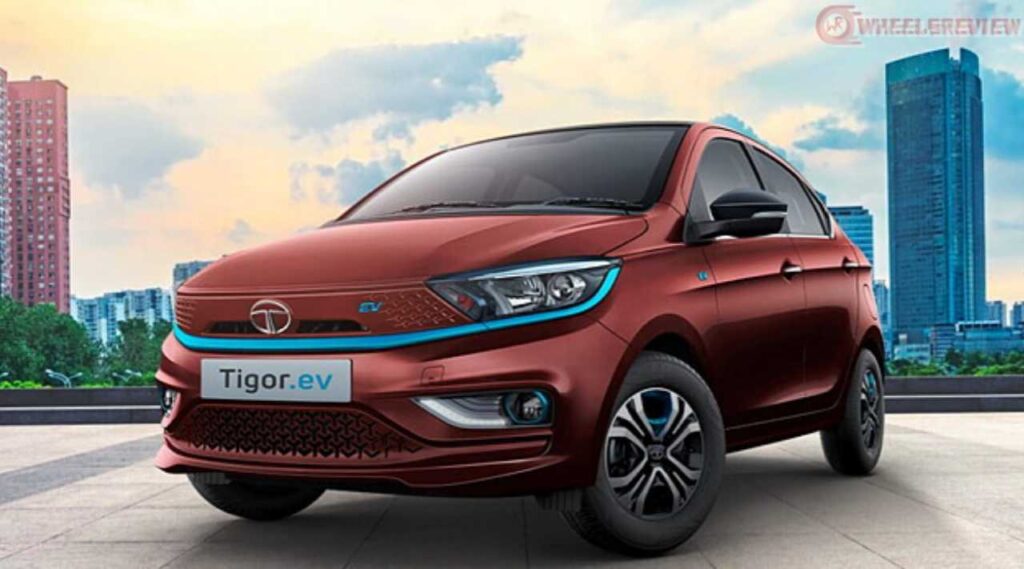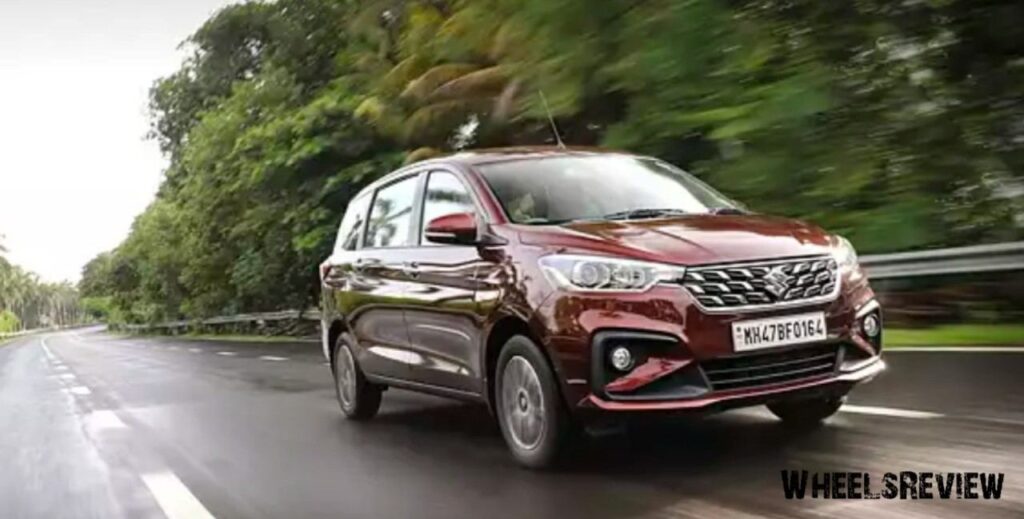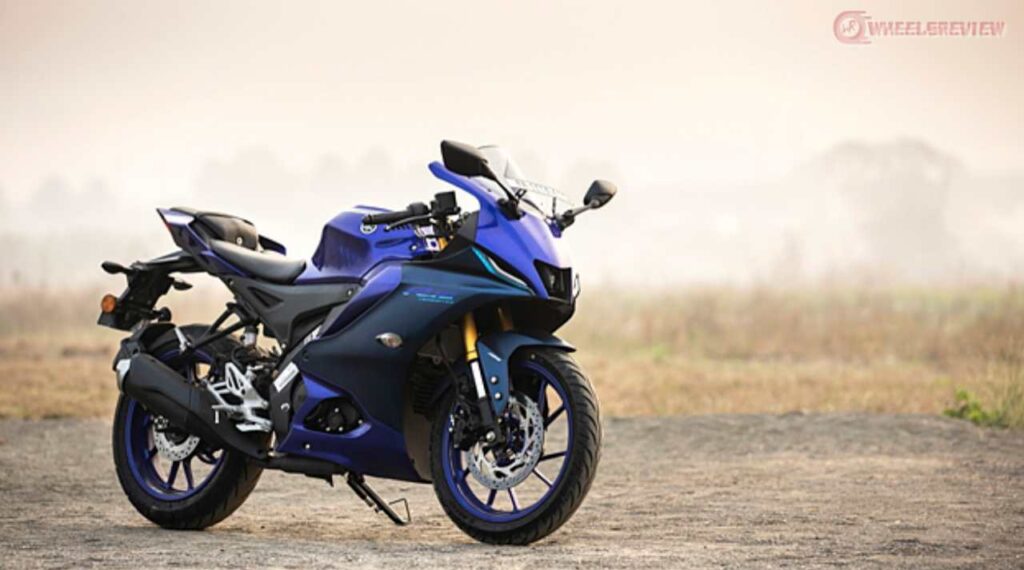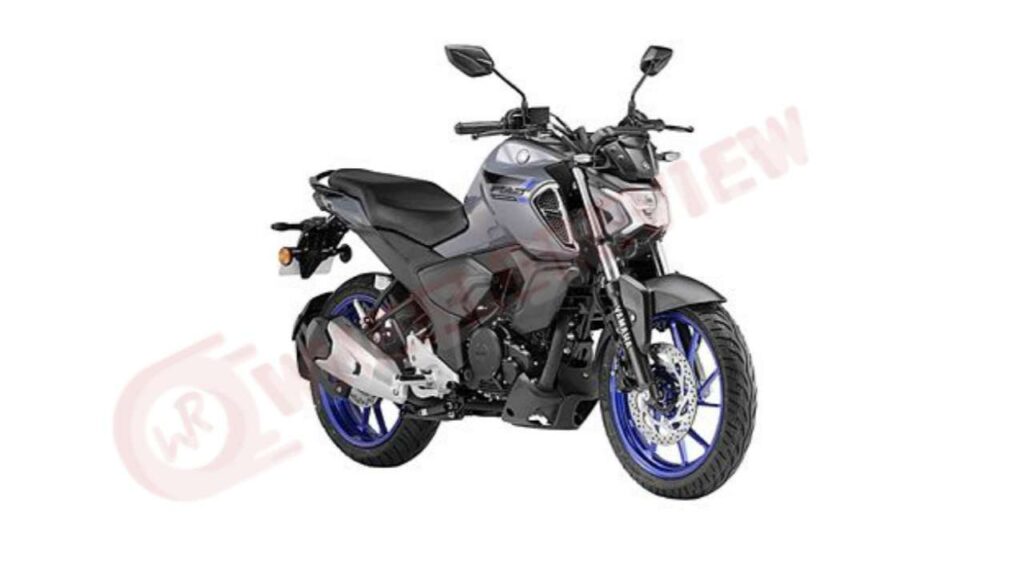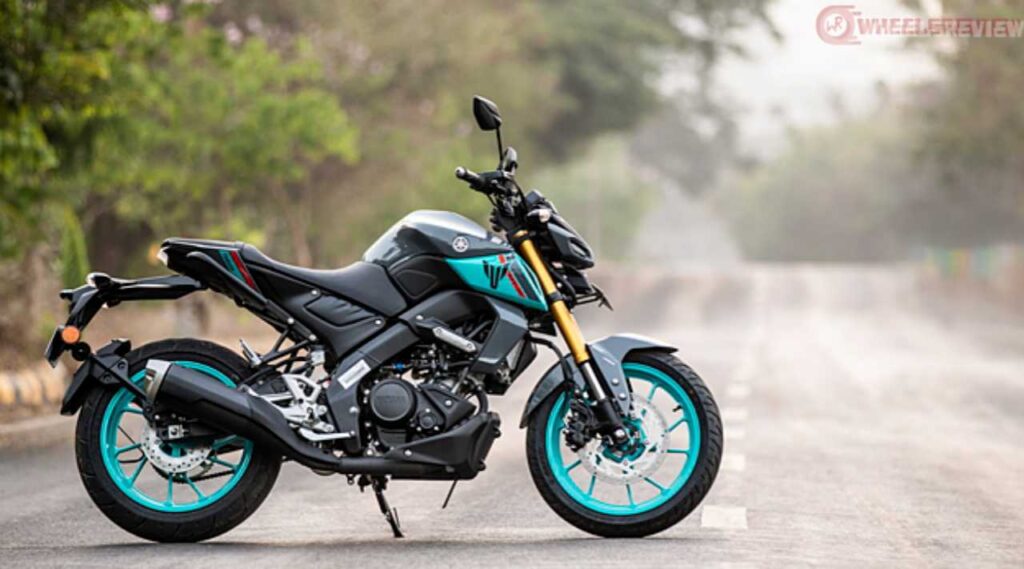When you’re thinking about buying a new car, Tata Motors is a name that comes up a lot, especially in India. Tata cars are known for their strong build, good safety features, and affordable prices. But just like with anything else, Tata cars also have their downsides, which you should know about before making a decision. This article will go over some reasons why you might want to think twice before buying a Tata car. This isn’t about saying Tata is bad, just giving you the full picture so you can decide what’s best for you. So, let’s get into it!
1. Build Quality Issues
One of the most frequently mentioned issues with Tata cars is the inconsistent build quality. While there have been improvements in the recent models like the Nexon and Harrier, some older models still show problems. There have been reports of uneven panel gaps, low-quality interior materials, and other fit-and-finish issues. These can become more noticeable as the car ages and might impact your experience as an owner.
Why This Matters:
- Durability: If the build isn’t solid, the car could wear out faster or develop more issues over time.
- Appearance: Cars with poor build quality might not look as good, which could be a turn-off for some buyers.
2. After-Sales Service Can Be Inconsistent
Another important factor is the after-sales service Tata provides. Customer feedback on this is mixed. While some people are happy with the service, others have faced problems like unprofessional staff, long wait times for repairs, or difficulty in getting spare parts. This inconsistency can be frustrating, especially when you need your car serviced quickly.
Why This Matters:
- Peace of Mind: Reliable after-sales service means you don’t have to worry as much if something goes wrong with your car.
- Long-Term Care: Inconsistent service can lead to poor maintenance, which might shorten the lifespan of the car.
3. Lower Resale Value
Tata cars often have a lower resale value compared to brands like Maruti, Hyundai, or Honda. This means you might not get as much money back when you decide to sell your Tata car. If you like to upgrade your car every few years, this lower resale value could mean losing more money.
Why This Matters:
- Financial Impact: A car with a lower resale value can mean losing more money when you sell it.
- Investment Return: If you think of buying a car as an investment, a lower resale value is not ideal.
4. Fuel Efficiency Concerns
While some Tata models like the Tiago offer good fuel efficiency, others, especially the larger models like the Safari and Harrier, are not as efficient. If you’re looking for a car that is cheaper to run over time, this is an important factor to consider.
Why This Matters:
- Running Costs: Cars with lower fuel efficiency will cost more in fuel over time, affecting your budget.
- Environmental Impact: Higher fuel consumption also means more emissions, which is a concern for environmentally conscious buyers.
5. Driving and Handling Limitations
The driving experience of Tata cars is often described as a mixed bag. While they are praised for their sturdy build and safety, some models don’t offer the best handling or driving dynamics. Some drivers have mentioned that the steering doesn’t feel very responsive, and the suspension may not always provide a smooth ride, especially on rough roads.
Why This Matters:
- Comfort and Enjoyment: Poor handling can make long drives or difficult road conditions less enjoyable.
- Safety: If the car doesn’t handle well, it can be harder to control in emergency situations, which can be dangerous.
6. Reliability of Features and Electronics
Modern cars come loaded with features and electronics, and Tata cars are no exception. However, some Tata owners have reported issues with these features. Problems like the infotainment system freezing, sensors not working properly, and other electronic glitches have been mentioned. These can be annoying and may affect the overall experience of owning the car.
Why This Matters:
- User Experience: If the features in your car don’t work as expected, it can make using the car less enjoyable.
- Repair Costs: Fixing electronic issues can be expensive, adding to the cost of owning the car.
7. Higher Maintenance Costs
Some owners report that maintaining a Tata car can be more expensive compared to other brands. Even though Tata cars might seem affordable at first, the cost of keeping them running can add up over time, especially for models that are out of warranty or need special parts.
Why This Matters:
- Budget: Higher maintenance costs can stretch your budget, especially if unexpected repairs are needed.
- Overall Cost: When you consider the total cost of owning the car, higher maintenance expenses can make an affordable car more costly in the long run.
8. Limited Global Presence and Perception
Tata Motors has a strong presence in India, but globally, it’s not as well-known as some other car brands. This can affect the perception of the brand, resale value, and the availability of services and parts, particularly if you live outside India or plan to move abroad.
Why This Matters:
- Brand Perception: A limited global presence can impact the brand’s image and how much you can sell the car for later.
- Support and Parts: In regions where Tata doesn’t have a strong presence, getting parts or service can be more difficult.
Conclusion
While Tata Motors has made some solid cars, there are several factors to consider before deciding to buy one. From inconsistent build quality to potentially higher maintenance costs, these are some reasons why you might want to think carefully before choosing a Tata car. Remember, every car brand has its advantages and disadvantages, and the key is finding the one that fits your needs and budget. Take your time, do your research, and make the choice that’s best for you!

